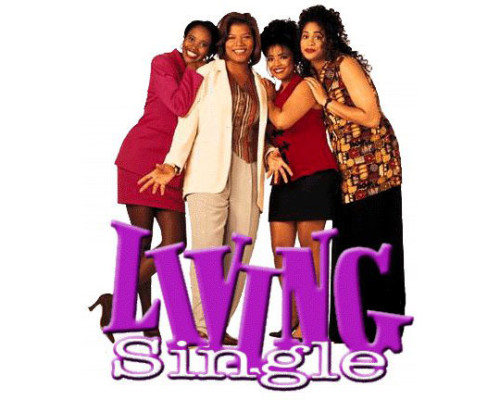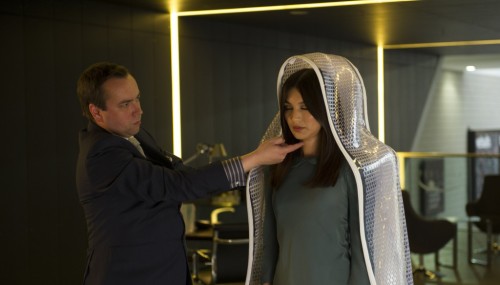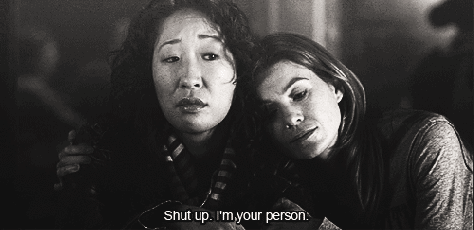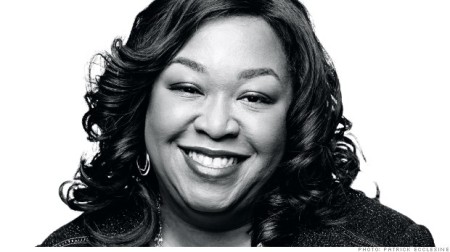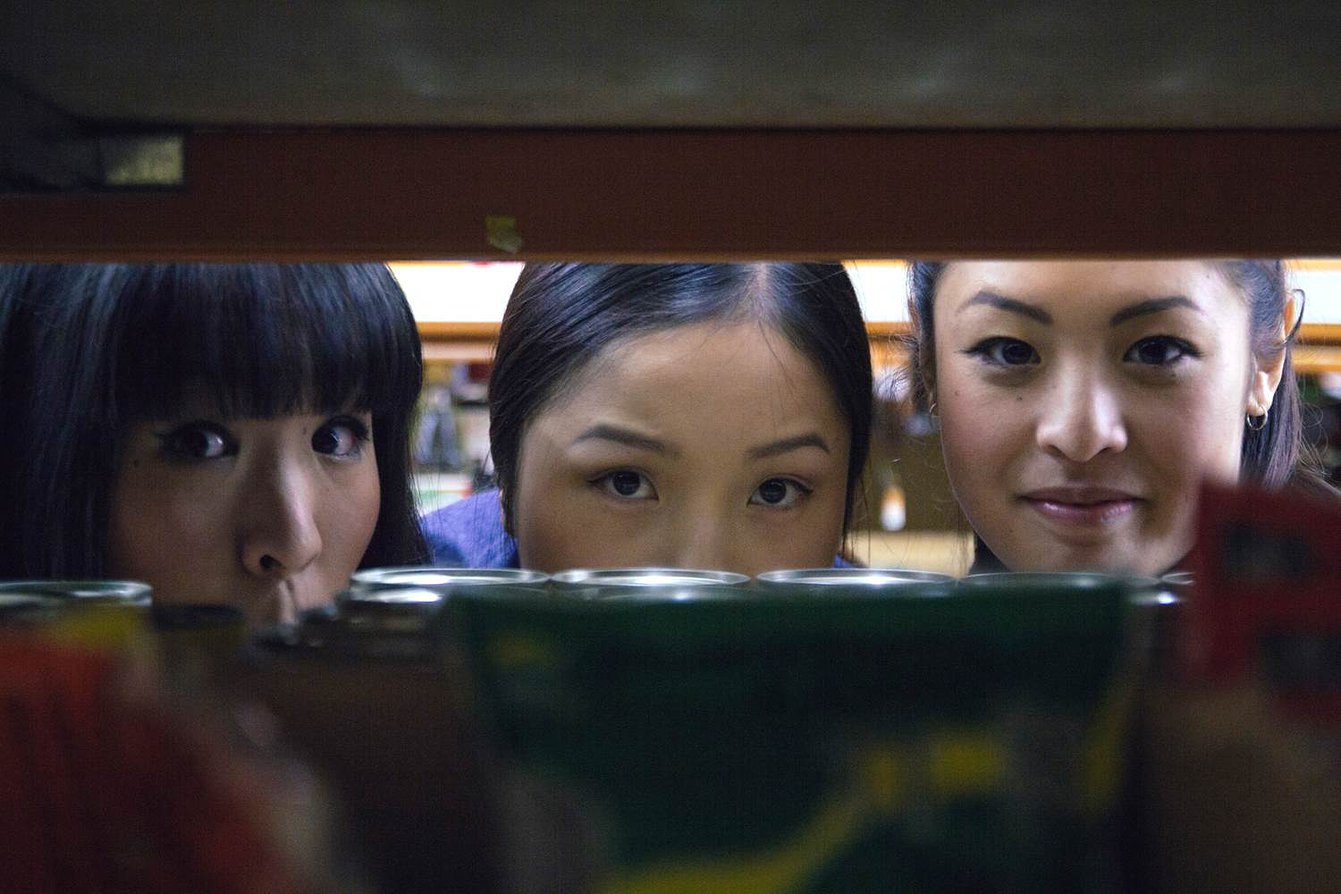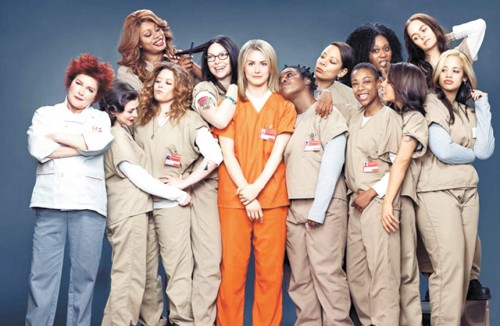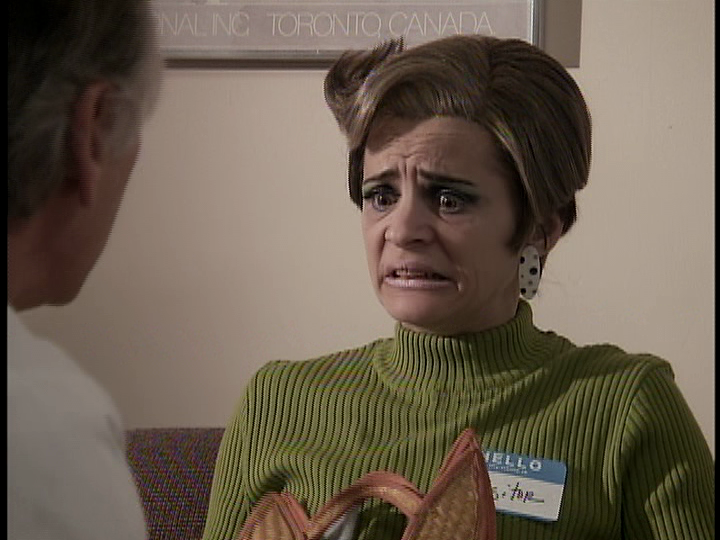Women in the African diaspora have had a hard time claiming healthy ownership of their own bodies. From slavery to the present, Black women (and Black girls) have endured the stigma of having their bodies shamed and sexualized in ways that have been physically, psychologically, and spiritually damaging (see the history of Saartjie “Sarah” Baartman). They had not been afforded healthy representations of Black female sexuality. The Black female body has been viewed as naturally wanton, lascivious, or “fast-tailed” because of sexual exploitation during enslavement. If the sexual revolution of the ’60s and ’70s liberated White women to explore their bodies with abandon, this sex positivity didn’t free Black women from the baggage of their inhumane body history.
Historically in U.S. film and television, Black women have never been allowed to have sexual agency without stigma. If Black women actually showed up in the media, typically she was boxed into several known stereotypes— the Mammy (the asexual being who fixes white people problems while neglecting her own), the Sapphire (angry Black woman or Sassy Black woman), Tragic Mulatto (the light-skinned Black woman who can’t seem to fit into the White world because of the stain of Black blood), or a Jezebel (the hypersexual, loose woman, known today as a THOT—that hoe over there), and even the Respectable Negro (a Black woman who is married/widowed, often pious, and successful based on selfless motherhood. She often places judgment on other Black women who don’t fit her mold).
From the earliest days of television featuring Black characters, shows like Beulah, The Amos ‘n Andy Show, Julia, Sanford and Son, Good Times, The Jeffersons, and right on through Gimme A Break, and 227, Black women have played riffs of the traditional stereotypes. The emergence of Claire Huxtable, the successful attorney and mother of five children on The Cosby Show, fashioned a new type of Black woman we hadn’t seen before (although low-key, she could be sassy and gave off a whiff of subtle respectability in some episodes), and yet she was still bound up in family life. There were never any shows that centered happy, single, child-free Black women that prioritized good sex as part of successful living. That is until two television shows came on the scene, Living Single (1993-1998, created by Yvette Lee Bowser) and Girlfriends (2000-2007, created by Mara Brock Akil).
These two shows revolutionized Black female sexuality on television by giving Black women sexual agency without falling back on tired tropes. They also opened the door to later shows featuring Black single women who embraced sex as a part of good living without stigma (Half and Half, Single Ladies, and Scandal). Two characters in particular stood out from both series that became the precursors for sexually carefree Black women:
Maxine Shaw (Erika Alexander) and Lynn Searcy (Persia White)
Living Single
Living Single followed a group of four female friends and their two male neighbors living in a Brooklyn brownstone apartment. They were upwardly mobile in their careers as lawyers, magazine owners, stockbrokers, and independent building maintenance handymen. The show gravitated around rap star Queen Latifah’s character, Khadijah James, and each week found the crew in various complications related to their jobs, love lives, and each other. It was rare to see a show dominated by Black professionals. Finding “Mr. Right” is often the end goal for women-centered shows, but thankfully Living Single didn’t spend too much time having the women lament about not having found “the one.” One character, Régine (Kim Fields), was painted as a gold-digger, but she was the only one who had a hint of desperation in terms of having a relationship based on material comfort. Khadijah’s cousin Synclaire (Kim Coles) was the naïve, sweet-natured friend who dripped with positivity and wholesomeness. But it was Maxine, the high-powered attorney who was the standout favorite.
From her shaved head with braids, gorgeous dark skin, and power suits, Maxine had healthy sexual relationships without strings. She dated often, and was typically the one to cut relationships short when men wanted more serious (and more monogamous) relations. Some women who watched the show faithfully wore their hair like Maxine as well as imitating her fashion sense. She lived her life on her own terms (she was not a roommate with the other women because she had her own place), and she had the income to do as she pleased. She was verbally assertive, and was quick to challenge men, especially her epic battles with Khadijah’s neighbor and friend, stockbroker Kyle Baker (T.C. Carson). Their verbal spats underscored the sexual tension and attraction they really had for each other. When they get drunk one night and slept together, they choose to keep the relationship a secret, with Maxine pushing to keep the hot sex in the realm of platonic fuck buddies.
Unlike Black women from previous TV shows, pleasure and freedom was the goal for Maxine. This didn’t mean that marriage or motherhood, or some form of connection wasn’t a possibility for her, it just wasn’t the ONLY goal in her life. Her career and her friendships meant just as much as having a man, or dreaming of a family. After finally revealing their sexual connection to their friends, Kyle accepts a job in London and asks Maxine to join him. Kyle was the best sex partner Maxine ever had. He was successful, gorgeous, and her equal in every way. And yet Maxine turned him down because she valued her autonomy and wasn’t willing to give up her life and lifestyle to follow him. She didn’t try to convince him to stay (even though she really wanted him), and they parted as lovers who respected each other’s decision, even though it was a difficult one. Maxine had such a sense of self that she allowed her dream man to leave without a fight. That was a revelation to the core audience.
Unfortunately, in the last season of the series, Maxine was shown to miss Kyle, and had the wild idea that her life would have meaning if she had a baby. She goes to a sperm bank and inadvertently gets inseminated with Kyle’s sperm. In the series finale she reconciles with Kyle and we are left to believe that they will be happy raising their baby together. It is a cliché happy ending, especially since Maxine had been presented as the ultimate carefree Black woman. However, the fans loved it, and on some level, it was nice to see her get the partner she deserved, one who was as sexually uninhibited as she was, and one who respected her choice to be that way. She owned her beautiful Black body. Maxine offered Black women watching the show an opportunity to embrace their sexual sides with humor and much needed positivity.
Girlfriends
Much like the template of Living Single, Girlfriends followed the humorous trials and tribulations of four young success driven Black women living in Los Angeles. In this world, attorney Joan Clayton (Tracee Ellis Ross) was the main protagonist who set the pace for her three friends– Maya Wilkes (Golden Brooks) her Compton hood girl personal assistant, Toni Childs (Jill Marie Jones) her college roommate and a high end real estate agent with a taste for expensive things, and Lynn Searcy (Persia White), another former college roommate with several post graduate degrees and counting, but no real job because of her unsettled bohemian lifestyle.
All the women on Girlfriends were sexually active and enjoyed good sex (although Joan had a ninety day waiting period for her beaus prior to sex which became an issue with some), but it was Lynn who was the most sexually experimental. She openly discussed her sex toys and personal sex tricks (The “Lynn Spin”), ménage à trois, group sex, sex swings/chairs, and same-gender hook-ups. There was no sexual experience she hadn’t tried or was afraid to engage in. She even had her own fuck buddy arrangement with the clique’s mutual male friend, the lawyer William Dent (Reggie Hayes).
Lynn essentially stepped up the sexual freedom of Maxine on Living Single, and overall, the women of Girlfriends were a little more nuanced in their performances than the characters of Living Single (except for Maya, who took some time to lower the hood shtick she displayed in earlier episodes). Both Maxine and Lynn brought a refreshing and openly accepted sexuality that had never been present in Black female television characters. These two women were the ones viewers like me wanted to sit around with holding glasses of wine and listening to the details of their sexual exploits.
None of the women from either show carried the stigmas of the past that haunted the Black female body. They revealed to the world the Black Female Gaze in sexual matters which upset some critics (including Bill Cosby, and Spike Lee who accused them of being oversexed embarrassments). Like most new shows, it did take time for Living Single and Girlfriends to hit their stride, and each had their corny struggle moments to figure out their voice. However, in the end, they brought forth Black women with positive and healthy sexual pursuits. They left the sexual baggage and shaming in the past in order to present Black female sexuality in a healthy new light.
Staff writer Lisa Bolekaja co-hosts Hilliard Guess’ Screenwriters Rant Room, and her latest speculative fiction short story “Three Voices” can be read in Uncanny Magazine. She divides her time between California and Italy. She can be found on Twitter @LisaBolekaja lurking in the hashtags #SaturdayNightSciFi and #FridayNightHorror
